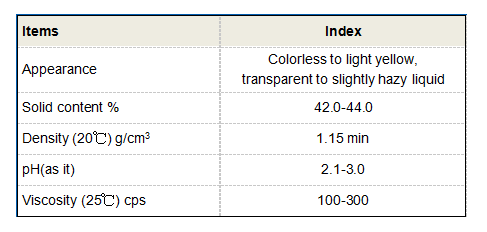Exploring the Properties and Applications of HEDP Acid in Industrial Processes
Understanding HEDP Acid Its Properties and Applications
HEDP, or Hydroxyethylidene Diphosphonic Acid, is a phosphonate compound that has gained significant attention in various industrial applications due to its excellent chelating properties. It is widely recognized for its ability to inhibit scale formation and corrosion, making it an essential additive in water treatment processes and other industries.
Chemical Properties
HEDP's molecular formula is C2H8O7P2, and it possesses a high affinity for metal ions, which allows it to form stable complexes. The compound features two phosphonic acid groups (–PO3H2) and a hydroxyethyl group, providing it with unique chemical properties. HEDP is highly soluble in water, which enhances its effectiveness in different applications, particularly in aqueous environments.
Applications in Water Treatment
One of the most prominent applications of HEDP is in water treatment. Its ability to prevent the precipitation of calcium carbonate and other scale-forming materials makes it an ideal choice for industrial cooling systems, boilers, and other water-dependent operations. When incorporated into these systems, HEDP helps maintain efficient heat exchange, reduces maintenance costs, and extends the operational life of equipment.
Moreover, HEDP is also effective in controlling corrosion in metal systems. By forming protective layers on metal surfaces, it minimizes the contact between reactive metal substrates and corrosive agents in water. This function is particularly crucial in industries such as oil and gas, where equipment is constantly exposed to harsh chemical environments.
hedp acid

Role in Detergents and Household Products
Beyond industrial applications, HEDP is also found in various household cleaning products and detergents. Its chelating properties help enhance the cleaning efficiency of these products by binding metal ions that may interfere with the cleaning process. As a result, HEDP improves the efficacy of formulations, particularly in hard water conditions where minerals can inhibit the performance of surfactants.
Safety and Environmental Considerations
Despite its widespread use, concerns regarding the environmental impact of phosphonates like HEDP have emerged. While HEDP is considered less toxic compared to other phosphonic acids, it is essential to assess its effects on aquatic ecosystems. Regulatory bodies have established guidelines for its use in various applications to minimize potential environmental risks.
Conclusion
In conclusion, HEDP acid is a versatile compound with significant applications in water treatment, industrial processes, and household products. Its unique ability to inhibit scale formation and corrosion plays a vital role in enhancing the efficiency and longevity of systems relying on water. As industries continue to seek sustainable solutions, understanding and responsibly managing the use of HEDP will be crucial for balancing performance with environmental stewardship. Through careful regulation and innovation, HEDP can continue to be a valuable asset across multiple sectors while ensuring minimal impact on the environment.
-
Water Treatment with Flocculant Water TreatmentNewsJun.12,2025
-
Polymaleic AnhydrideNewsJun.12,2025
-
Polyaspartic AcidNewsJun.12,2025
-
Enhance Industrial Processes with IsothiazolinonesNewsJun.12,2025
-
Enhance Industrial Processes with PBTCA SolutionsNewsJun.12,2025
-
Dodecyldimethylbenzylammonium Chloride SolutionsNewsJun.12,2025





